Diabetes Food Directory
With Diabetes, it’s important to eat healthy while also monitoring blood sugar levels. In order to do this, it’s very important to eat the right portions and combinations of food every 2-3 hours. A good meal contains a mix of fruits, vegetables, whole grains and protein in appropriate serving sizes. The key is to get plenty of nutrition from your meals while also avoiding LDL (“bad cholesterol”).
While on the Type 2 Diabetes program, stick to the associated protocol and Nutritional Guide. Use this food directory after you have completed the program.
Proteins
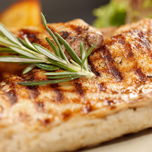
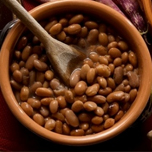
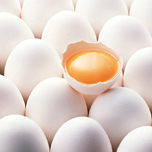
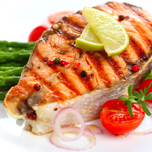
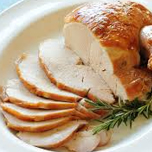
Chicken
Choose boneless, skinless chicken breast for a lean protein that is very versatile. You can also try ground chicken breast and substitute that for ground pork or beef.
Beans
Beans are very high in fiber, providing about ⅓ of your daily requirement with just ½ cup, as well as a good source of magnesium and potassium.
One half cup also provides just as much protein as an ounce of meat without the saturated fat.
Egg Whites
This food is high in protein coming in at 4 grams per egg white. Since it is low in calories and contains no fat, egg whites make an excellent snack or meal that can keep you satisfied.
Fish
Salmon, tuna, herring and mackerel are high in Omega 3 Fatty Acids, which are good for the heart.
Turkey
Choose white meat over dark for a good source of lean protein. Stay away from ground turkey other than ground turkey breast. Other ground turkey may also include skin and other undesirable parts.
Fruits and Vegetables
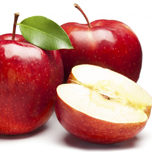
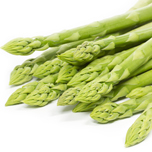
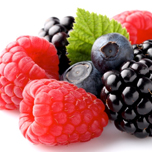
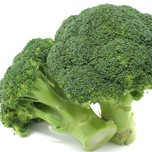
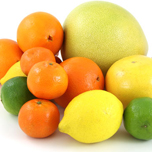
Apple
This fruit is full of vitamins and minerals as well as soluble and insoluble fiber to help lower levels of “bad” (LDL) cholesterol.
Apples are also naturally sweet yet low in calories, making it an excellent snack choice.
Asparagus
Low in calories and high in nutrients, asparagus also has the ability to lower cholesterol levels.
*Asparagus is not recommended for those with gout, rheumatism or cystitis.
Berries
Blueberries, strawberries, blackberries etc. These fruits are rich in antioxidants, fiber and vitamins. They’re great for a snack mixed with yogurt or part of breakfast on whole-wheat pancakes.
Broccoli
This veggie is chock-full of vitamins and minerals, low calorie, and non-starchy. It has a low impact on your blood sugar, and provides your body with plenty of nutrition.
Citrus Fruit
These fruits are full of soluble fiber and vitamin C. Good examples of these are grapefruit and orange.
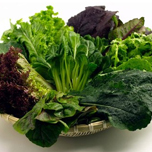
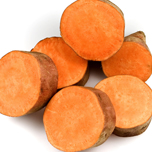
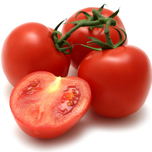
Dark Leafy Greens
Examples of these are spinach, collards and kale. They’re low in calories and carbs and full of minerals and vitamins including K, C and E.
Sweet Potato
These are a good choice because the fiber helps to slow digestion when consumed. It also helps protect against cardiovascular disease and is low in calories.
Tomatoes
These are full of Vitamin E, Vitamin C and iron. They can be included in soups, salads, sandwiches and sauces.
Whole Grains and Seeds

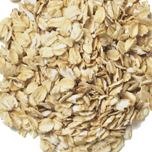
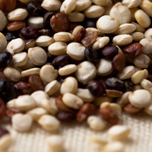
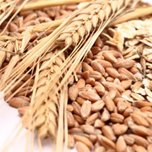
Barley
This grain helps reduce the levels of “bad” cholesterol.
Oats
This grain is versatile and can be added to smoothies, replace breadcrumbs, or eaten for breakfast. Be sure to stay away from instant flavored oatmeal as these contain high amounts of sugar and other unhealthy ingredients. Oats are an excellent choice because they help to regulate blood glucose and insulin levels, making you feel fuller, longer.
Quinoa
This seed is full of amino acids, magnesium, protein and iron and also low in sodium. This versatile seed can be added to soups, salads or even desserts!
Whole Wheat
Processed wheat such as white bread does not have the same nutrients that whole wheat does. The germ and bran of whole wheat contain lots of fiber, as well as an assortment of vitamins and minerals. Replace any processed wheat with whole wheat.
Healthy Fats
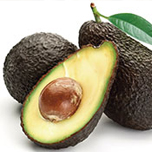
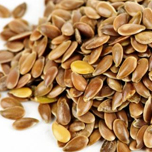
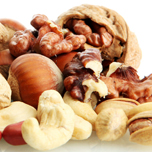
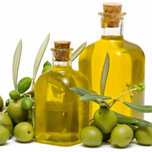
Avocado
Full of monounsaturated fats,or “healthy fats” the avocado has the ability to lower blood cholesterol. *Those taking blood thinners should check with their doctor before eating this fruit as it may conflict with medications.
Flax
This seed contains 70% omega-3 fatty acids. Be sure not to heat or cook flax as it loses most of its nutritional value when prepared in this manner. Instead, try adding it (ground, not whole) to already cooked oatmeal or in a smoothie.
Nuts
Nuts have healthy fats and protein as well as magnesium and fiber. Be sure to eat unsalted raw nuts which contain no added ingredients. Nuts are also very easy to snack on so be sure to watch consumption as too much is not ideal for the body either. A scant handful is a healthy serving.
Olive Oil
Rich in healthy fats, olive oil also aids in reducing LDL cholesterol and raising HDL “good” cholesterol. When purchasing olive oil be sure it is extra virgin and cold pressed to ensure you are getting the purest, healthiest olive oil there is. Be sure to consume in moderation.
Sweeteners
With Diabetes, avoiding refined sugars is extremely important, however there are some healthy alternatives to sweeteners that you can add to oatmeal, smoothies, teas, etc.
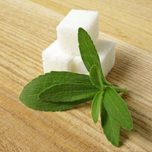

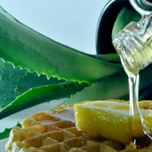
Stevia
This sweetener comes from the stevia leaf which is naturally sweet. This can be used in any foods or drinks. It is so low on the glycemic index it will not affect blood sugar levels. Remember that a little bit goes a long way with stevia.
Yacón Syrup
This sweetener is derived from the root of the yacón plant which is indigenous to the Andes Mountains. Similar in taste to molasses, this sweetener is best used for cereals and desserts. It is also very low GI.
Agave
This syrup is sweeter than honey but is low GI. Agave works well in baked goods but should also be used in moderation.
©2021 Phytotherapi. All rights reserved.
